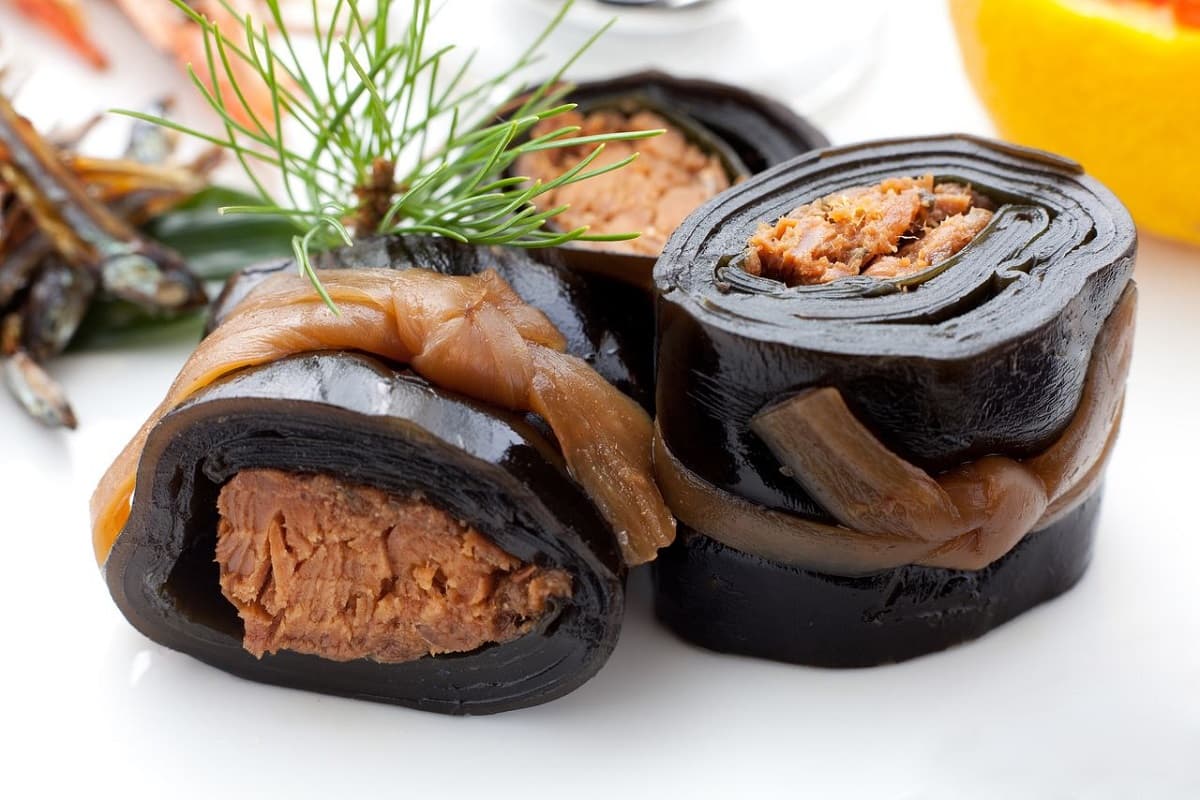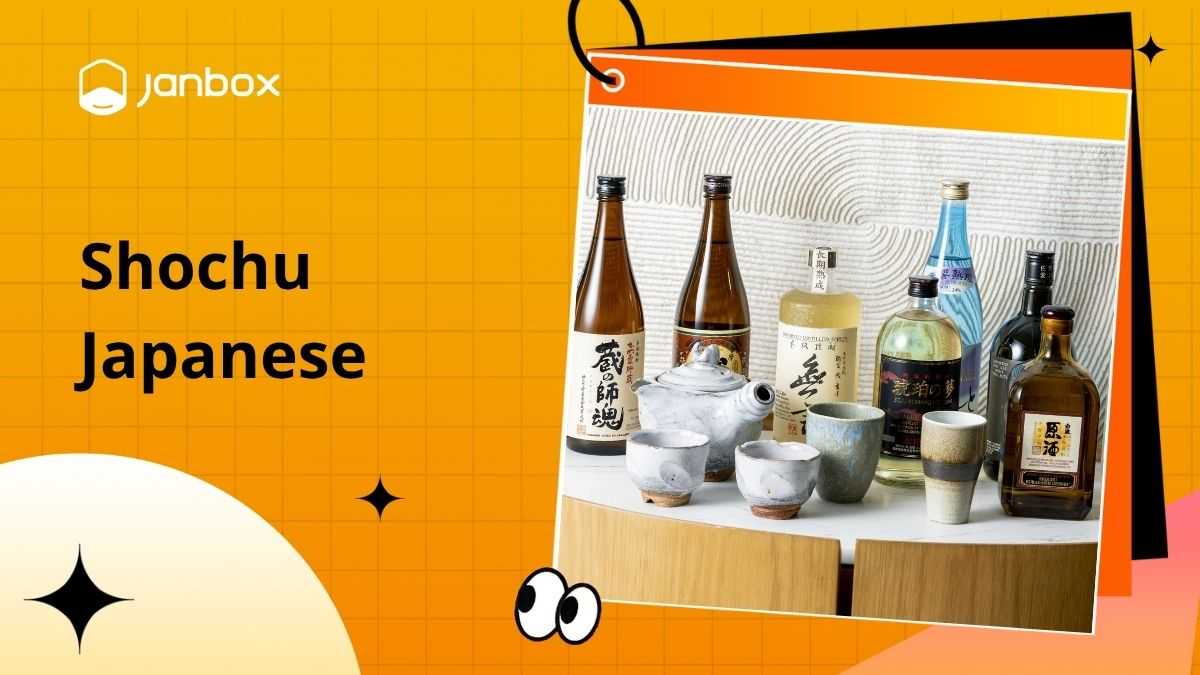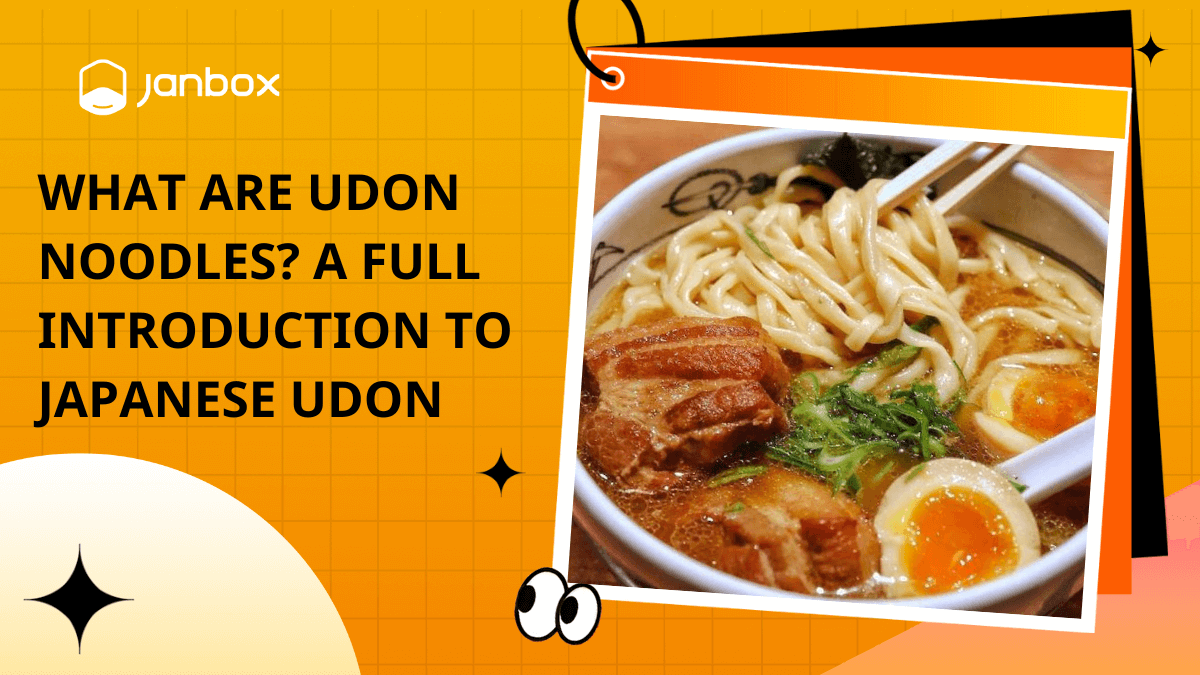Japan is the only nation in the world to consume as much kelp (seaweed). This component is used in the majority of Japanese recipes. Of course, these delectable and nourishing kelp leaves are also used in the preparation of Konbumaki, a traditional Japanese New Year meal. This meal is widely regarded by travelers from all over the world and is regarded as a lucky dish during the Japanese New Year. Let’s read the article below to see why this cuisine is so alluring.
1. What is the Konbumaki meaning?
Japanese sea kelp, or konbu (sometimes written “kombu”), is prepared in a savory and sweet sauce and served as Konbumaki. It is a component of the traditional Japanese new year’s feast known as Osechi Ryori. There are many different varieties of Osechi dishes, however, one of the most traditional and significant dishes – Konbumaki – is usually always featured in them. Konbumaki is heavily seasoned, like many other foods in Osechi, to be able to keep for several days throughout the Japanese holiday period.
Even though there is only one fundamental dashi, there are many different varieties of kelp because the oceans surrounding Japan are rich in plankton which is ideal for growing kelp. The most well-known kelp-producing region is Hokkaido. Hokkaido, sometimes known as “kelp paradise,” is claimed to supply 80% of the kelp consumed in Japan. In Nanaecho, Kamedagun, in the southern part of Hokkaido, there is even the “Konbukan” Kelp Museum, which features a variety of kelp-based meals.
The Konbumaki meaning represents happiness since the word “Kobu” sounds similar to the Japanese word for being joyful, “Yorokobu,” and every one of the Osechi Ryori meals has a symbolic meaning. Therefore, it is believed that Konbumaki calories bring is a dish that brings good fortune. Japan is bordered by oceans, therefore there is a plentiful supply of seafood, especially seaweed and kelp, which are prepared in a variety of recipes. Large sheets of dried sea kelp are used to manufacture Konbumaki. In order to soften them, they must be submerged in water. Not even all Konbu parts are ideal rectangles for rolling, as you may have noticed.
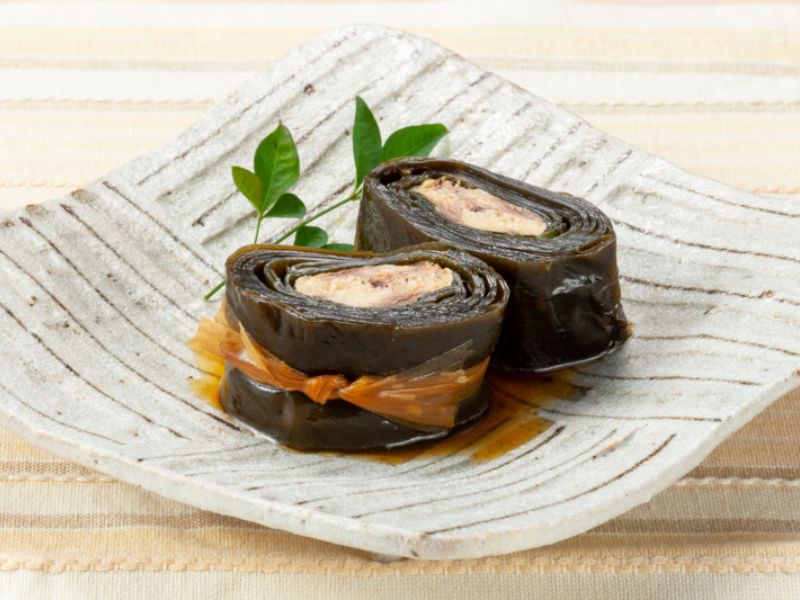
To make them the same size, you try to find ones with a similar form or cut, although it doesn’t really matter if they have various shapes. Even so, they’ll roll up. Konbumaki is frequently filled with fish, such as herring or salmon, although it can also be filled with vegetables.
Kanpyo is required to bind the rolled Konbu (dried gourd strips). For those of you who are unfamiliar with Kampyo, “A dried gourd strip known as kampyo is frequently seasoned with soy sauce and sugar. In Japan, kampyo maki is a prevalent type of rolled sushi. Enjoy the texture’s a little bit squishy “and are readily available in Asian markets, such as Don Quijote. To make kanpyo softer and more malleable, it must be slightly boiled. However, be careful not to overcook Kanpyo as this will make it overly soft and breakable. Making and tying Konbumaki is a lot of fun. Bring the entire family if you want to make it into a DIY project.
2. The recipe for Konbumaki
The recipe for Konbu maki is so clear and simple that just with a 30-minute preparation period and 40 minutes for cooking, you will have 4 servings with the following ingredients:
- 30 g, dry Konbu
- 30g dry string kanpyo (gourd)
- 1/2 Gobo (approximately 5 oz or 150g) (about 5 oz or 150g)
- 1 1/2 cup (360 ml) (360 ml) water
- 1 teaspoon rice vinegar
- Sugar, two tablespoons
- Soy sauce, two tablespoons
- 2 Tbsp Mirin
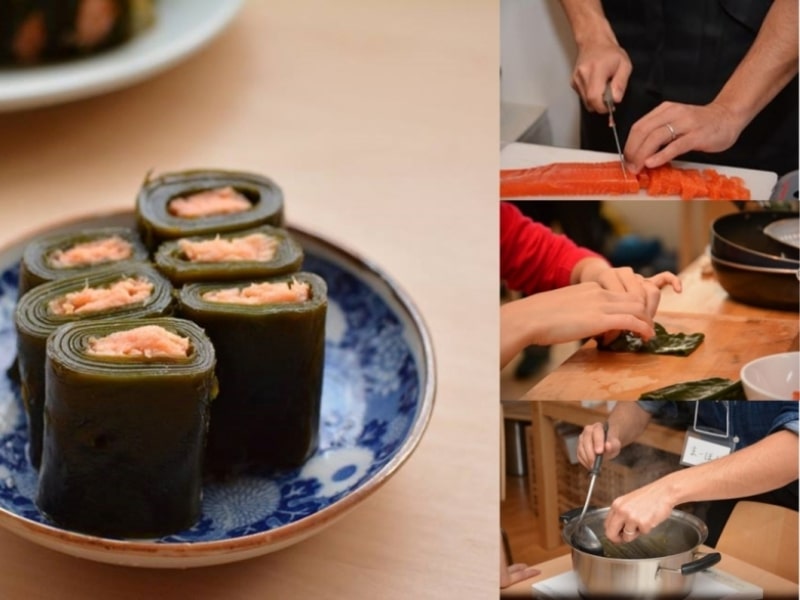
Instructions
- For 5 to 10 minutes, soak konbu in water to make it flexible and soft. Put aside after straining.
- Clean Kanpyo. Put it in a basin, sprinkle on some salt, and thoroughly rub. Allow sitting for around 15 minutes. Kanpyo should be boiled for 3 to 4 minutes, strained, and then let to cool.
- Use a knife to scrape the Gobo’s surface, then wash. Cut strips that are 1/2″ (1 cm) thick and 2 1/2″ (7 cm) long. Gobo strips should be boiled for 5 to 6 minutes, strained, and then slightly allowed to cool.
- Konbu should be thoroughly dried before being cut into approximately 5″ by 2 1/2″ sheets (13 cm). Make all of the sheets roughly equal in size so that your rolls will be uniform, even if you can’t get them exactly. You might have ten or so sheets.
- Kanpyo should be cut into 10–12″ long strips (25-30 cm). Using some Gobo strips and a Konbu sheet, tie a knot in the Kanpyo ribbon before fastening.
- Put the Konbumaki, rice vinegar, and water in a medium pot and top it with a lid that fits the pot but rests on the Konbumaki.
- Cook at a medium-low temperature for 15 minutes. Remove the cover, then stir in the sugar, soy sauce, and mirin.
- Cook with the lid on for 20 minutes, flipping the food once. Cook without the lid until the majority of the liquid has evaporated.
Read more: Top 8 edible mushrooms in Japan.
3. How to use Konbumaki
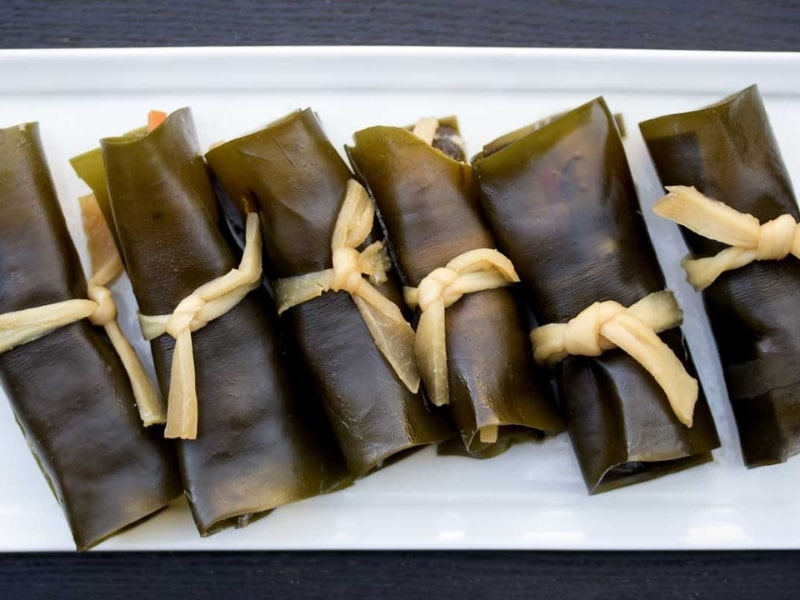
Konbumaki is utilized throughout the week in addition to New Year’s Day in the hopes of having luck in the coming year. Parents will prepare this dish for their children who have significant exams in the hopes that they will perform well.
4. Conclusion
Kobumaki requires unique ingredients and maybe a little more traditional than typical Japanese cuisine. But if you’re looking for a truly true Japanese flavor, this is it. If you give it a try, it might make you very happy the following year!
Website: https://janbox.com.
Email: [email protected]

